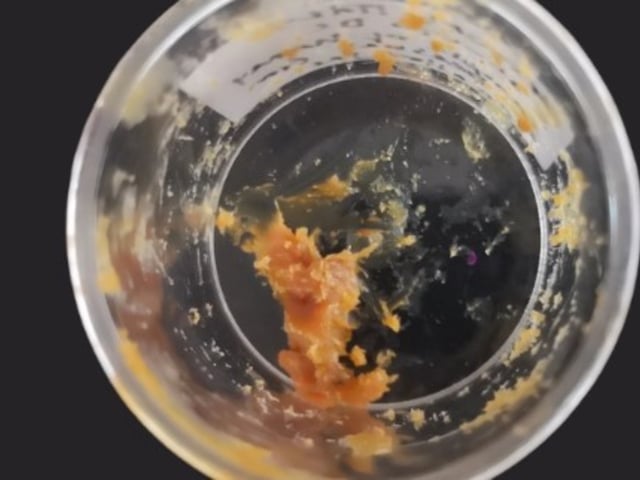Overview
- Researchers from the Museo Ashmolean and the University of Oxford applied mass spectrometry and proteomic analyses to residue from a bronze vessel unearthed at a Paestum sanctuary in 1954.
- The team identified hexose sugars and royal jelly proteins specific to the Western honeybee along with a chemical fingerprint nearly identical to modern beeswax.
- Elevated acidity levels and copper-bound degraded sugars indicate extended interaction with the bronze jar and render the ancient honey unsafe to consume.
- The findings highlight honey’s role in ancient Greek rituals as both a sacred offering and a preservative substance.
- The study illustrates how integrated biomolecular methods can reshape interpretations of archaeological organic residues and inform research into ancient microbial ecosystems.


